Alonso, Anna Dolma. 11 January 2013. "Grapsus grapsus (Linnaeus, 1758)." Galapagos Species Checklist: Animals > Marine Invertebrates > Crustacea. Galápagos, Ecuador: Fundación Charles Darwin/Charles Darwin Foundation. Retrieved September 12, 2014.
- Available at: http://www.darwinfoundation.org/datazone/checklists/8537/
Beninger, P. G.; and Larocque, R. 1998. "Gonopod Tegumental Glands: A new Accessory Sex Gland in the Brachyura." Marine Biology 132: 435-444.
Bisby, F.A.; Roskov, Y.R.; Orrell, T.M.; Nicolson, D.; Paglinawan, L.E.; Bailly, N.; Kirk, P.M.; Bourgoin, T.; Baillargeon, G.; Ouvrard D. (red.) 2011. "Grapsus grapsus (Linnaeus, 1758)." Species 2000 & ITIS Catalogue of Life: 2011 Annual Checklist. Species 2000: Reading, U.K. Retrieved September 12, 2014.
- Available at: http://www.catalogueoflife.org/col/details/species/id/18074449
Collins, C.; Mascarenhas, A.; and Martinez, R. 2013. “Structure of Ocean Circulation between the Galápagos Islands and Ecuador.” Advances in Geosciences (ADGEO) 33:3-12.
Conrad, Jim. 29 May 2011. "Sally Lightfoot." Backyard Nature: Jim's Naturalist Newsletter Archives. Retrieved September 12, 2014.
- Available at: http://www.backyardnature.net/yucatan/litefoot.htm
Darwin, Charles. 1839. Voyages of the Adventure and Beagle, Volume III, Journal and Remarks 1832–1836. London: Henry Colburn Publisher.
Eeckhaut, Igor. 2004. "Symbiosis." Pp. 31-34 in Grzimek's Animal Life Encyclopedia, Second Edition. Volume 2: Protostomes, edited by Michael Hutchins, Sean F. Craig, Dennis A. Thoney, and Neil Schlager. Farmington Hills, MI: Gale Group, Inc., division of Thomson Learning Inc.
Ernst, C.H.; and Lovich J.E. 2009. Turtles of the United States and Canada. Baltimore, Maryland: Johns Hopkins University Press.
Freire, A.S.; Pinheiro, M.A.A.; Karam-Silva, H.; and Teschima, M.M. 2010. "Biology of Grapsus grapsus (Linnaeus, 1758) (Brachyura, Grapsidae) in the Saint Peter and Saint Paul Archipelago, Equatorial Atlantic Ocean." Helgoland Marine Research 65(3):263–273.
Gianuca, Dimas; and Vooren, Carolus Maria. 2007. "Abundance and Behavior of the Sally Lightfoot Crab (Grapsus grapsus) in the Colony of the Brown Booby (Sula leucogaster) in the São Pedro and São Paulo Archipelago." Investigaciones Marinas, Valparaíso 35(2):121-125.
“Grapsus grapsus (Linnaeus, 1758).” 1 July 2013. The Global Biodiversity Information Facility: Animalia > Arthropoda > Malacostraca > Decapoda > Grapsidae > Grapsus > GBIF Backbone Taxonomy ID 5972997. Copenhagen, Denmark. Retrieved September 12, 2014.
- Available at: http://www.gbif.org/species/2225819
"Grapsus grapsus (Linnaeus, 1758)." Integrated Taxonomic Information System: ITIS Taxonomic Serial No. 99072. Retrieved September 12, 2014.
- Available at: http://www.itis.gov/servlet/SingleRpt/SingleRpt?search_topic=TSN&search_value=99072
"Grapsus grapsus (Linnaeus, 1758)." World Register of Marine Species: WoRMS AphiaID 422188. Retrieved September 12, 2014.
- Available at: http://www.marinespecies.org/aphia.php?p=taxdetails&id=422188
"Grapsus grapsus (Linnaeus, 1758): Sally Lightfoot Crab." Discover Life. Retrieved September 12, 2014.
- Available at: http://www.discoverlife.org/mp/20q?search=Grapsus+grapsus
"Grapsus grapsus: Sally Lightfoot Crab." Encyclopedia of Life. Retrieved September 12, 2014.
- Available at: http://eol.org/pages/1021865/details
"Grapsus grapsus (Sally Lightfoot Crab)." ZipcodeZoo: Species Identifier 1849. Retrieved September 12, 2014.
- Available at: http://zipcodezoo.com/Animals/G/Grapsus_grapsus/
Guerao, G.; Schubart, C.D.; and Cuesta, J.D. 2001. "The First Zoeal Stages of Grapsus grapsus (Linnaeus) and Geograpsus lividus (H. Milne Edwards) (Decapoda, Brachyura, Grapsidae) from the Western Atlantic." Nauplius 9(2):111–121.
Heyerdahl, Thor, 1955. "Preliminary Report on the Discovery of Archaeology in the Galápagos Islands." Proceedings of the 31st International Congress of Americanists of 1954 in São Paulo, Brazil 2685-2697.
Heyerdahl, Thor; and Skjolsvold, Arne. 1956. "Archaeological Evidence of Pre-Spanish Visits to the Galápagos Islands." Society for American Archaeology Memoirs 12.
Jensen, Gregory C. 1995. Pacific Coast Crabs and Shrimps. Monterey, CA: Sea Challengers.
Johnson, Garland E. 1965. “An Ethological Study of the Rock Crab, Grapsus grapsus (Family Grapsidae) with Emphasis on Behavior Variations during Ontogeny and with Habitat.” American Zoologist 5.4:632.
Kennedy, Jennifer. 2014. "Sally Lightfoot Crab (Grapsus grapsus)." About.com: About Education > Marine Life > Marine Invertebrate Animals. Retrieved September 12, 2014.
- Available at: http://marinelife.about.com/od/invertebrates/p/sally-lightfoot-crab.htm
Linnaeus, C. 1758. Systema Naturae, Ed. X. (Systema naturae per regna tria naturae, secundum classes, ordines, genera, species, cum characteribus, differentiis, synonymis, locis. Tomus I. Editio decima, reformata.) Holmiae. 1: i-ii + 1-824.
Macfarland, Craig G.; and Reeder, W.G. 1974. "Cleaning Symbiosis Involving Galápagos Tortoises and Two Species of Darwin's Finches." Zeitschrift für Tierpsychologie 34(5):464–483
Miller, Nick. 2013. "Grapsus grapsus: Sally Lightfoot Crab (On-line)." The Animal Diversity Web. University of Michigan Museum of Zoology. Retrieved September 12, 2014.
- Available at: http://animaldiversity.ummz.umich.edu/site/accounts/information/Grapsus_grapsus.html
Myers, P.; Espinosa, R.; Parr, C.S.; Jones, T.; Hammond, G.S.; and Dewey, T.A. 2014. "Grapsus grapsus: Sally Lightfoot Crab (On-line)." The Animal Diversity Web. University of Michigan Museum of Zoology. Retrieved September 2014.
- Available at: http://animaldiversity.ummz.umich.edu/accounts/Grapsus_grapsus/classification/
- Available at: http://animaldiversity.ummz.umich.edu/accounts/Grapsus_grapsus/pictures/
Ng, Peter K.L.; Guinot, Danile; Davie, Peter J.F. 31 January 2008. “Systema Brachyurorum: Part I. An Annotated Checklist of Extant Brachyuran Crabs of the World.” The Raffles Bulletin of Zoology 17:1-286.
Nicholls, Henry. 2014. The Galápagos: A Natural History. New York: Basic Books.
Rathbun, Mary J. 1918. "Grapsoid Crabs of America." United States National Museum Bulletin 97:Plates 53-54. Washington, DC: Government Printing Office.
Shapiro, Leo. 6 July 2011. “Grapsus grapsus (Linnaeus, 1758).” EOL Species Rapid Response. Lifedesk Community. Retrieved September 12, 2014.
- Available at: http://eolspecies.lifedesks.org/pages/15872
Snow, J. 1998. "Sally Lightfoot Crab: Abuete Negro (Grapsus grapsus)." Mexico Fishing: Marine Life Flora and Fauna Photo List. Retrieved September 12, 2014.
- Available at: http://www.mexfish.com/fish/salltft/salltft.htm
Steinbeck, John. 1951. The Log from the Sea of Cortez. New York, NY: Viking Press.
Vinueza, L.R.; Branch, G.M.; Branch, M.L.; and Bustamente, R.H. 2006. "Top-down Herbivory and Bottom-up El Nino Effects on Galapagos Rocky-shore Communities." Ecological Monographs 76:111-131.
Williams, Austin B.; Lawrence G.; Abele, D. L.; Felder, Hobbs Jr., H.H.; and Manning, R.B. 1989. "Common and Scientific Names of Aquatic Invertebrates from the United States and Canada: Decapod Crustaceans." American Fisheries Society Special Publication 17:77.
Wright, H.O. 1968. "Visual Displays in Brachyuran Crabs: Field and Laboratory Studies." American Zoologist 8:655-665.


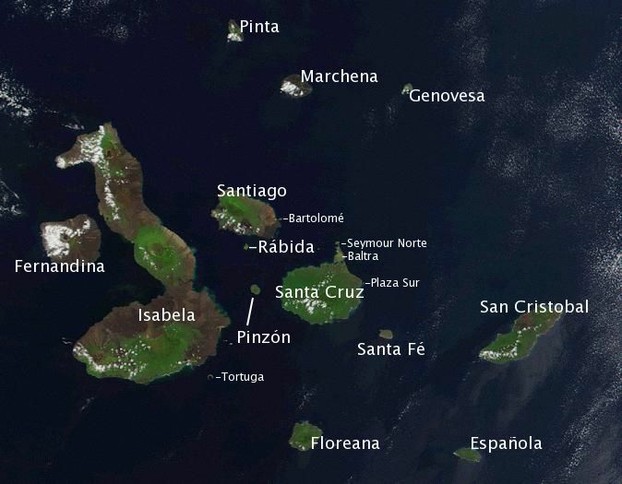
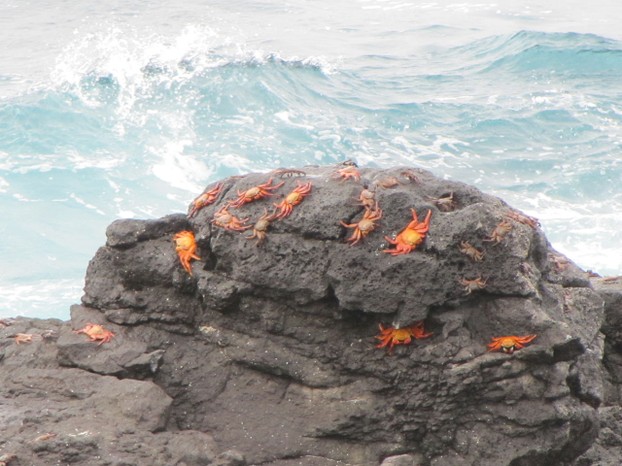
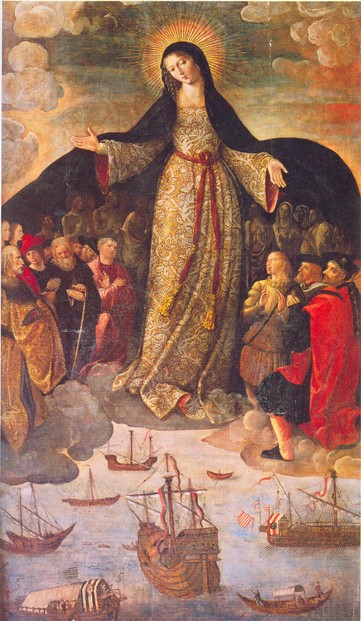
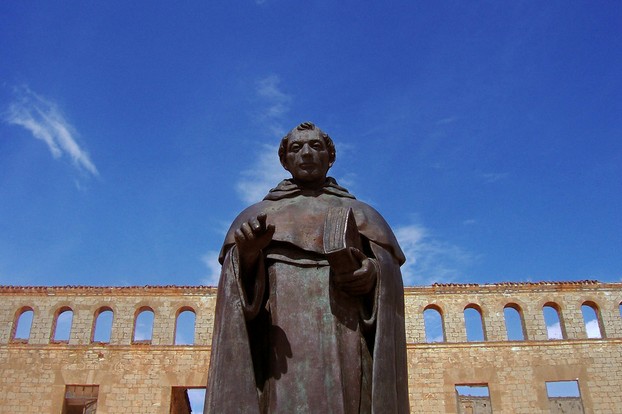
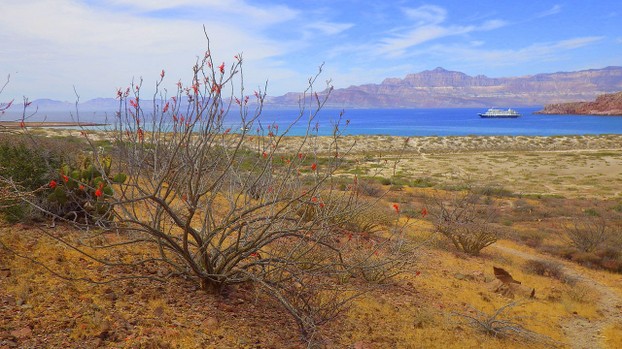
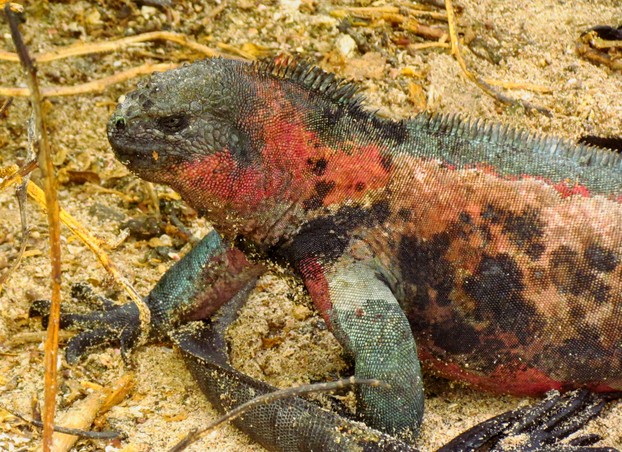
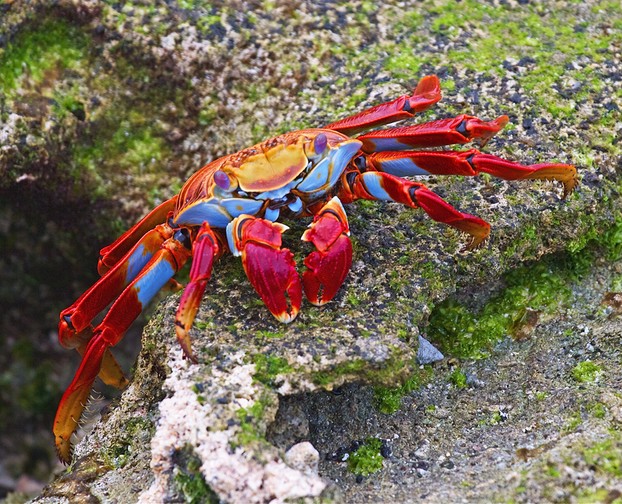
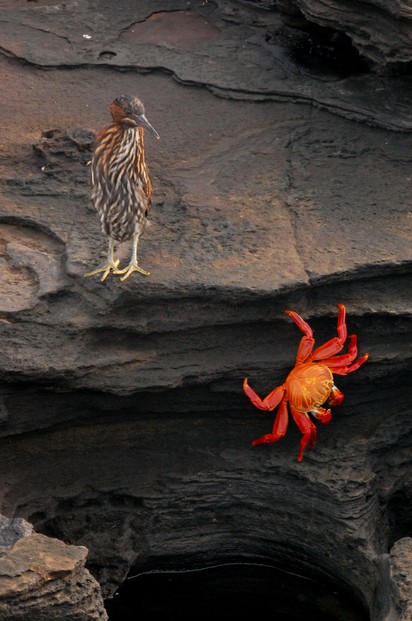
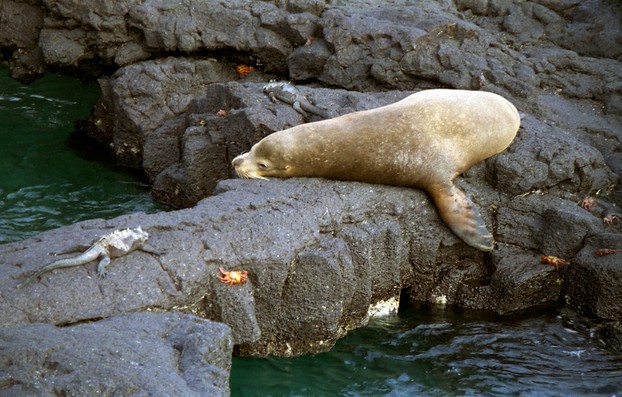
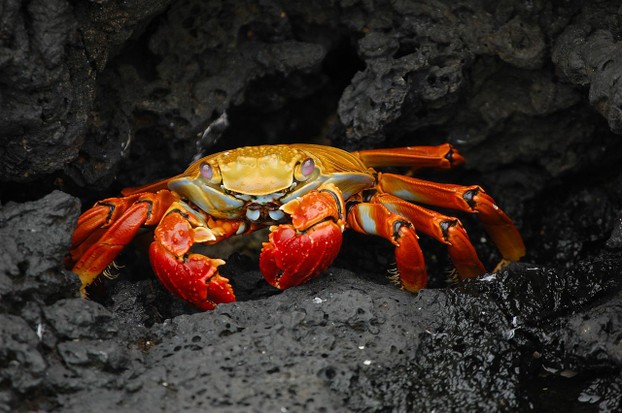
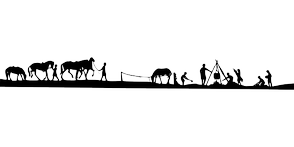


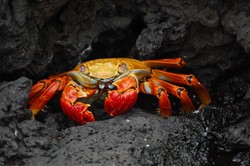

 Are Hawaiian Huakai Po Nightmarchers Avenging Halloween Thursday?on 10/02/2024
Are Hawaiian Huakai Po Nightmarchers Avenging Halloween Thursday?on 10/02/2024
 Mailing Addresses for 2023 Form 4868 Extending 1040 and 1040SR April 15, 2024, Due Dateon 04/15/2024
Mailing Addresses for 2023 Form 4868 Extending 1040 and 1040SR April 15, 2024, Due Dateon 04/15/2024
 Mailing Addresses for 2023 Forms 1040 and 1040SR Filed in 2024on 04/15/2024
Mailing Addresses for 2023 Forms 1040 and 1040SR Filed in 2024on 04/15/2024
 Mailing Addresses for 2022 Form 4868 Extending 1040 and 1040SR April 18, 2023, Due Dateon 04/13/2023
Mailing Addresses for 2022 Form 4868 Extending 1040 and 1040SR April 18, 2023, Due Dateon 04/13/2023

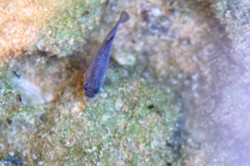
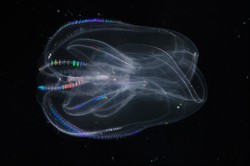
Comments